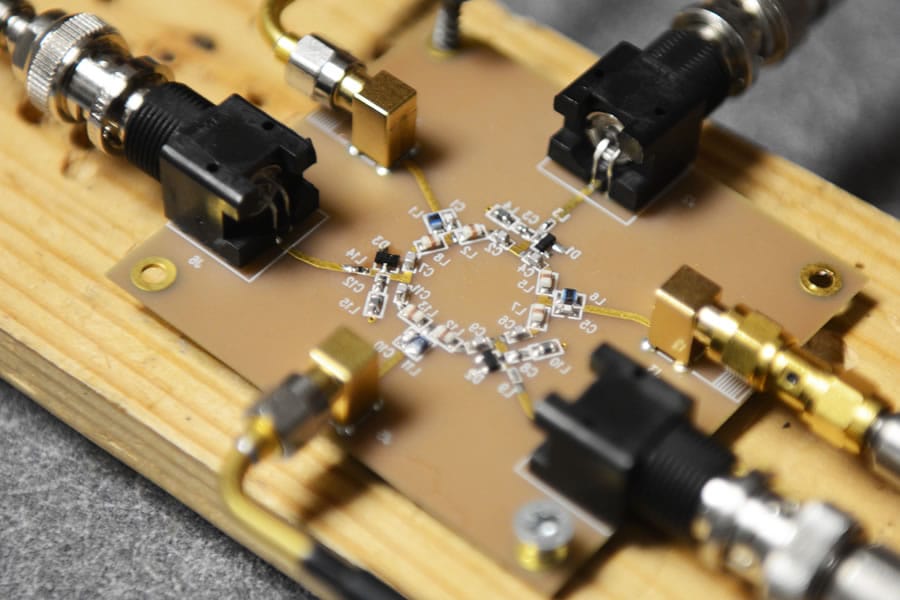
The demand for new devices and technologies Essay
The purpose of the research is to study the demand for new devices and technologies (tablet PCs and iPads), both in quantitative and qualitative sense. Since major applications of this research are likely to be related to marketing and advertising purposes as well as to development of new features, purely qualitative research will not satisfy the demands of target audience. At the same time, this area is new and rapidly developing, and there is not enough evidence for constructing a purely quantitative study.
The study should address such issues as market development (for tablet PCs, and for iPads), functionality of tablet devices (existing and desired) and the preferences of customers regarding iPads and other tablet PCs, including market performance of iPad2. Qualitative part of the study includes three sub-questions: “What are current tendencies, core characteristics/functionality and desired characteristics/functionality of hardware and software regarding iPads and other tablet PCs”, “What perspectives are there for creating Apple iPad3 and what technologies (hardware and software) it should include?” and “What usability features of iPad2 are more attractive for users compared to iPad”.
For qualitative study, the variables cannot be pre-determined. However, the following concepts should be considered in this part: common functionality and spheres of applications for iPads and for tablet PCs, common customer profiles for iPad devices and tablet devices, currently preferred and desired functionality, software and hardware, reasons of purchasing tablet PCs and iPads, and future spheres of application of these devices.
Sample size for this part of the research should not be large, since the responses will be thoroughly studied and analyzed. Pool of respondents should be geographically disperse, and all respondents should have bought a tablet PC or iPad within a year, and should show previous interest to electronic devices and computers. Type of sampling which should be used for this procedure is purposeful random sampling. Since this study should cover a broad range of existing and potential iPad customers, sample size should be between 100 and 200 subjects, thus providing a balance of variety and effort spent on analyzing the answers (Kumar, 2005).
The sources of respondents might vary; however, the major sampling tactics will be based on contacting a given number of locations where it is possible to purchase tablet PCs (shops, supermarkets of electronics, department stores etc.). The stores keeping records and contact data of their loyal customers will be selected; ideally, 2 stores from each state and from DC of Columbia are to be selected, and 4 customers of each store who have recently bought a tablet device will be invited to take part in the study.
Suggesting that the 50% of selected customers might be willing to take part in the research and about 25%-level of non-responses will take place for those who agreed to take part (Taylor, 2005), it is possible to evaluate the sample size as 51*8*0.5*0.25=153 respondents. Such approach to sampling will generate a random sample selected from a purposefully determined population.
Sample size for the quantitative part of this study can be determined basing on such parameters of the study as precision level, confidence level and degree of variability. For this research, common values of these parameters are chosen: precision level of 5%, confidence level of 95% and 80% of variability (moderately varied population). Sample size for a large quantitative study, in this case, can be determined using the following formula: where Z is the value of abscissa of the normal curve cutting off the 5% tails for confidence level, p is the variability level (q=1-p is a measure of other part of the population), and e is the desired level of precision (Stead, 2001). Sampling will be done using a multi-stage approach, combining cluster sampling and random sampling techniques. Adjusting the research for a 25% non-response coefficient, it is possible to determine that initial sample size for quantitative part of the study will be 246/(1-0.25)=328 respondents.
For quantitative part of the study, research questions are: “What is the dynamics of quarterly sales of tablet computers and iPads?”, What is the dynamics of percentage of iPad sales in tablet computer sales?”, “Using Apple sales data for the first month of sales for iPad2 and iPad, which product gained more popularity and what is the geographical distribution of iPad2 customers?”.
For the first two questions, independent variables are overall volume of tablet computer sales and time (quarter), and dependent variable is volume of iPad sales. For the third question, independent variables are iPad and iPad2 sales, and dependent variable is popularity and geographical concentration (areas with maximal popularity of iPad and iPad2). The question which combines qualitative and quantitative approach: “What usability features of iPad2 are more attractive for users compared to iPad” involves identification of key usability features for both devices in the qualitative part, thus generating variants for independent variable called “usability feature”. Dependent variable for quantitative aspect of this question is attractiveness for the user.

